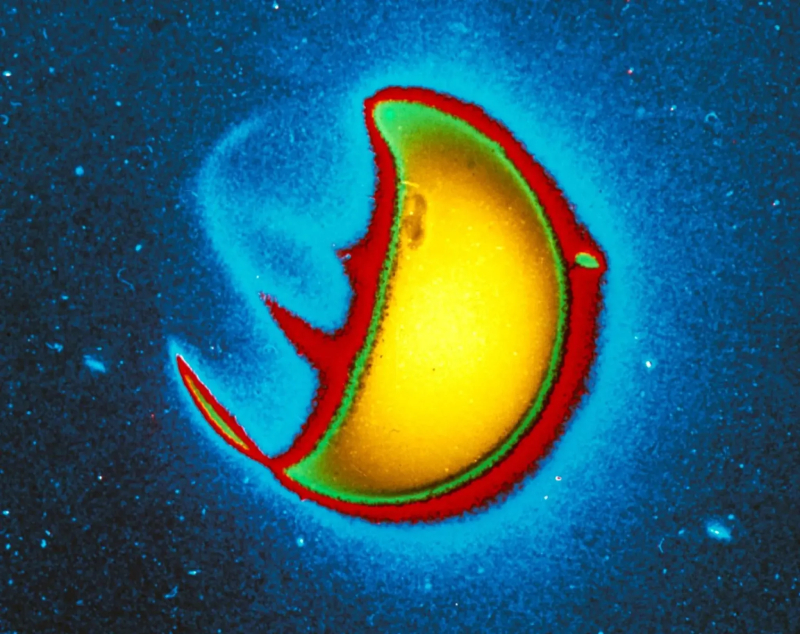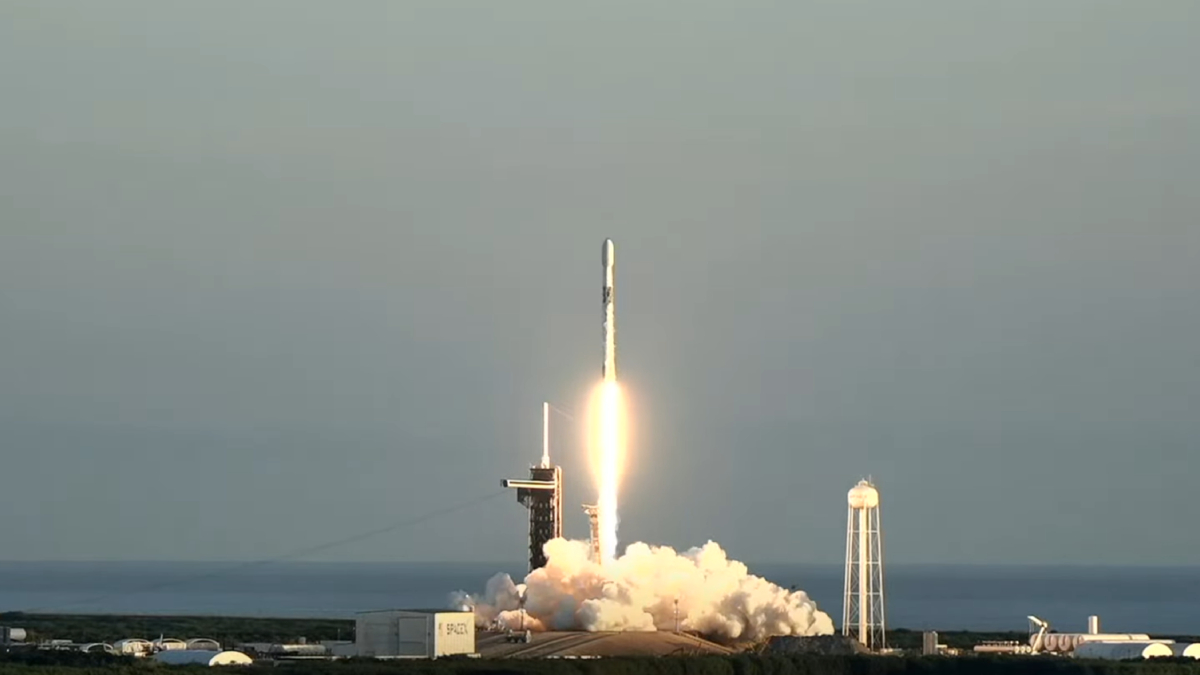Research & Developments is a blog for brief updates that provide context for the flurry of news that impacts science and scientists today.
This morning, three satellites that will study the solar wind and its impacts launched from Kennedy Space Center in Florida. NASA’s Interstellar Mapping and Acceleration Probe (IMAP) and Carruthers Geocorona Observatory, and NOAA’s Space Weather Follow On-Lagrange 1 (SWFO-L1) will investigate the Sun’s influence throughout the solar system, from the solar corona to space weather near Earth to the boundary with interstellar space.
“These three unique missions will help us get to know our Sun and its effects on Earth better than ever before,” said Joe Westlake, Heliophysics Division director at NASA Headquarters, in a statement from NASA. “This knowledge is critical because the Sun’s activity directly impacts our daily lives, from power grids to GPS. These missions will help us ensure the safety and resilience of our interconnected world.”

IMAP is designed to map the boundary of the heliosphere, a bubble inflated by the solar wind that encases the entire solar system. Scientists have worked to define the edge of the heliosphere for decades (leading to repeated claims that the Voyager missions left the solar system). IMAP’s scientific instruments will track high-energy solar wind particles streaming though the solar system and trace magnetic fields in the space between planets. The mission aims to understand how changes in the solar wind affect the heliosphere’s boundary and how this boundary may shield life in the solar system from harmful galactic cosmic rays.
Carruthers Geocorona Observatory, also a NASA mission, will study Earth’s corona, called the geocorona, a part of the outer atmosphere that emits ultraviolet light. The mission seeks to answer basic questions about the nature of Earth’s exosphere, such as its shape, size, and density, and what causes these aspects to change over time. The geocorona is the first part of Earth’s atmosphere to interact with the solar wind and space weather. Understanding what generates the geocorona and how it responds to solar storms will be key to predicting the storms’ impacts on satellites and astronauts.
NOAA’s SWFO-L1 will provide a 24/7 stream of data monitoring the Sun’s activity. A specially designed coronagraph will block out central disk of the Sun’s light and allow the telescope to monitor flares and coronal mass ejections taking place along the Sun’s edge.
“This is the first of a new generation of NOAA space weather observatories dedicated to 24/7 operations, working to avoid gaps in continuity,” Richard Ullman, deputy director of the Office of Space Weather Observations at NOAA, said in a statement.
This observatory will allow NOAA’s Space Weather Prediction center to provide accurate and timely warnings of space weather events that could affect vital infrastructure on Earth and in space.
“It’s about safeguarding society against space weather hazards,” Ullman added.
All three missions will orbit Earth’s Lagrange point 1, a gravitational point between Earth and the Sun about 1.5 million kilometers (about a million miles) away. This special gravitational point will provide uninterrupted views of both the Sun and Earth and allow continuous study of solar activity, Earth’s exosphere, and interplanetary space.
—Kimberly M. S. Cartier (@astrokimcartier.bsky.social), Staff Writer
These updates are made possible through information from the scientific community. Do you have a story about science or scientists? Send us a tip at [email protected].


